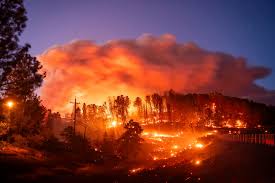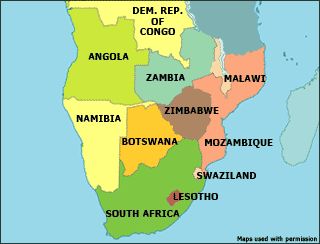
In July 2023, Beijing witnessed one of the worst flood disasters in its history, with torrential rains causing the city’s rivers to overflow, inundating roads, homes, and businesses. The floods were particularly severe in the southwestern parts of the city, leading to massive evacuations and widespread disruptions.
According to official reports from the Beijing Municipal Commission of Urban Planning and Land and Resources, nearly 20,000 people were displaced from their homes, while extensive damage was inflicted upon critical infrastructure, including transportation networks, power facilities, and communication systems.
According to BBC More than 30 dead, 18 missing after recent Beijing flooding. Some 59,000 homes collapsed and 150,000 others damaged by flooding brought on by record rainfall around China’s capital. “This is the worst natural disaster to high the capital in years. The last time a storm of this scale occurred was in 2012,” Yu said, noting that areas hit hardest more than a decade ago – when almost 80 people died – were against the worst affected by the recent typhoon, BBC reported.
While AP reported that ‘China’s capital recorded its heaviest rainfall in at least 140 years over the past few days as remnants of Typhoon Doksuri deluged the region, turning streets into canals where emergency crews used rubber boats to rescue stranded residents. The severity of the flooding took the Chinese capital by surprise. Beijing usually has dry summers but had a stretch of record-breaking heat this year’.

The scale of the flood disaster in Beijing was epic. During the height of the floods, some areas in Beijing received over 300 millimetres of rain in just 24 hours, which is more than half of the city’s average annual rainfall. An estimated 5 million people were directly affected by the floods, either through displacement, property damage, or disruption of daily life.
The preliminary economic losses caused by the floods were estimated to exceed ¥10 billion (approximately $1.5 billion USD). These losses encompass property damage, infrastructure repair, and economic disruptions. Authorities were forced to evacuate around 60,000 residents from the most affected areas to emergency shelters set up in schools, community canters, and sports halls.
“Difficult questions are now being raised as to why lessons from that previous storm were not learned, and why buildings and roads were not reinforced, and why this damage has happened yet again,”. (BBC)
According to Aljazeera, other parts of China have also seen heavy flooding, with many reported killed by flood waters across northern China, which has been battered by heavy rain since late July, disrupting the lives of millions.





Leave a Reply